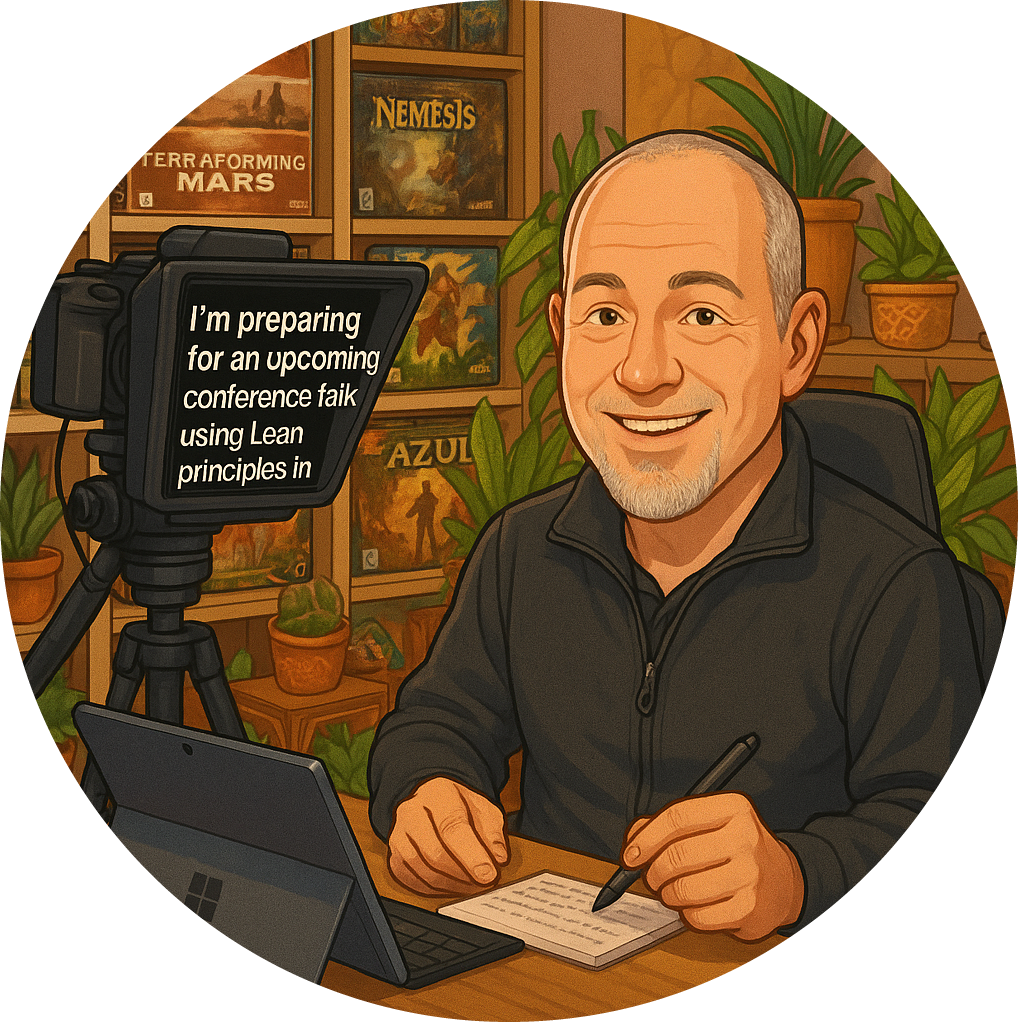When I reflect on the evolution of management styles, I often find myself drawn to the stark contrast between traditional management and agile leadership . This distinction is not merely academic; it’s deeply rooted in the context in which we operate. Context is king, and understanding it is crucial for navigating the complexities of today’s challenges.
Traditional Management: A Defined Approach
Traditional management was designed for a world where problems were more defined and predictable. Think of it as a well-oiled machine, where:
- Clear Instructions: Tasks are straightforward, requiring specific instructions to follow.
- Monitoring and Control: Managers oversee processes, ensuring everything runs smoothly.
- Expertise: Knowledgeable leaders guide teams through relatively simple challenges.
In scenarios with minimal ambiguity and risk, traditional management can indeed shine. It’s effective when the path is clear, and the outcomes are known. However, as we delve deeper into the complexities of modern problems, we must ask ourselves: is this approach still sufficient?
The Shift Towards Agile Leadership
As we advance, the landscape of challenges we face is shifting towards the complex and ambiguous. This is where agile leadership comes into play. Here’s why I believe it’s essential:
- Complex Problems: Today’s issues often involve unknowns and require creative solutions. Traditional management, with its rigid structures, may not be the best fit.
- Human-Centric Approach: Agile leadership focuses on harnessing the creativity and potential of individuals. It’s about empowering teams to make decisions and adapt to changing circumstances.
- Cultural Transformation: Leaders in an agile environment foster a culture of collaboration and innovation, rather than control and oversight.
To illustrate this, I often use a metaphor that resonates with me: imagine walking into a restaurant where a waiter serves you a steaming bowl of soup alongside a sharp knife. The knife represents traditional management, potentially dangerous when faced with the complexities of the soup. In this scenario, the soup is akin to the multifaceted problems we encounter today. Just as the knife can lead to injury, traditional management can hinder progress when applied to complex challenges.
The Role of the Agile Leader
In this new paradigm, the role of the leader transforms significantly. Instead of being the one who controls and monitors, an agile leader:
- Creates the Right Environment: They cultivate a space where creativity can flourish and teams feel empowered to take risks.
- Fosters Collaboration: By encouraging self-managing teams, leaders help individuals leverage their strengths and work together towards common goals .
- Supports Growth: Agile leaders focus on developing their teams, providing guidance and resources rather than micromanaging.
Conclusion
As we navigate an increasingly complex world, the need for agile leadership becomes ever more apparent. It’s not just about adapting to change; it’s about embracing it and using it as a catalyst for innovation. By shifting our focus from control to empowerment, we can unlock the full potential of our teams and tackle the challenges that lie ahead.
In my experience, the transition from traditional management to agile leadership is not just a change in methodology; it’s a fundamental shift in mindset. As we continue to learn and grow, let’s embrace this evolution and strive to create environments where creativity and collaboration thrive. After all, in a world filled with complexities, it’s our human ingenuity that will lead the way.



























